Phenotyping for drought and heat related traits

Authors:
Frequent drought and heat spells especially after the onset of flowering are common events causing substantial yield losses to agricultural production. Researchers lay emphasis on improving the yield potential and stability of crop genotypes by incorporating genes/QTLs for drought and heat tolerance through large-scale phenotyping of germplasm, segregating populations, and elite lines using conventional and modern phenotyping tools. Field screening at different moisture and temperature regimes provides an empirical way of evaluating germplasm and elite progenies for drought and heat tolerance at desired crop stage. The methodologies currently in use for screening germplasm/improved materials for tolerance to heat stress include delayed sowing with supplemental irrigation to let the flowering period of the crops coincide with the period of high-temperature shocks, while for drought tolerance, late planting on receding soil moisture and at low rainfall sites is commonly adopted. In the recent past, modern tools and techniques have been developed for precision phenotyping of drought and heat-related traits. Recent advances in imaging technologies have allowed the estimation of biomass and growth parameters nondestructively and rapidly. This includes easy-to-use tools of spectral reflectance, digital imagery, thermal imagery, and stable isotopes which have been instrumental for large-scale phenotyping of morphological and physiological traits in crop plants. In this chapter, we discuss various phenotyping methods available for breeding climate-smart varieties for adaptation to drought and heat stress conditions.
